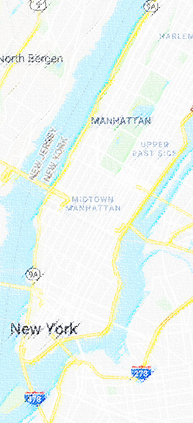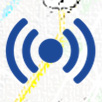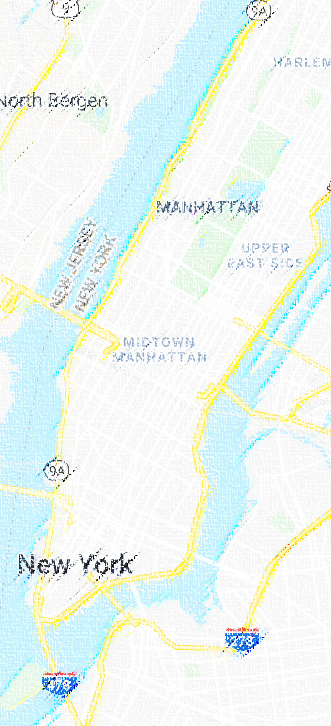Forecasting spatio-temporal correlated time series of sensor values is crucial in urban applications, such as air pollution alert, biking resource management, and intelligent transportation systems. While recent advances exploit graph neural networks (GNN) to better learn spatial and temporal dependencies between sensors, they cannot model time-evolving spatio-temporal correlation (STC) between sensors, and require pre-defined graphs, which are neither always available nor totally reliable, and target at only a specific type of sensor data at one time. Moreover, since the form of time-series fluctuation is varied across sensors, a model needs to learn fluctuation modulation. To tackle these issues, in this work, we propose a novel GNN-based model, Attention-adjusted Graph Spatio-Temporal Network (AGSTN). In AGSTN, multi-graph convolution with sequential learning is developed to learn time-evolving STC. Fluctuation modulation is realized by a proposed attention adjustment mechanism. Experiments on three sensor data, air quality, bike demand, and traffic flow, exhibit that AGSTN outperforms the state-of-the-art methods.
翻译:在城市应用中,如空气污染警报、自行车资源管理和智能运输系统等,预测时空相关传感器值至关重要。虽然最近的进展利用了图形神经网络(GNN)更好地学习传感器之间的空间和时间依赖性,但它们不能模拟传感器之间时间变化的时空相关性关系(STC),需要预先定义的图形,这些图形并不总是可用,也不完全可靠,同时仅针对特定类型的传感器数据。此外,由于时间序列波动的形式在不同传感器之间各不相同,因此需要有一个模型来学习波动调节。为了解决这些问题,我们在这项工作中提出了一个新的基于GNNN的模型,即关注调整后的图形空间-时空网络(AGSTN )。在AGSTN中,开发了具有连续学习时间变化学的多图变式,以学习时间变化STC。通过拟议的关注调整机制实现结构调整。在三种传感器数据、空气质量、自行车需求和交通流动上进行实验,展示了AGSTN的状态方法。












